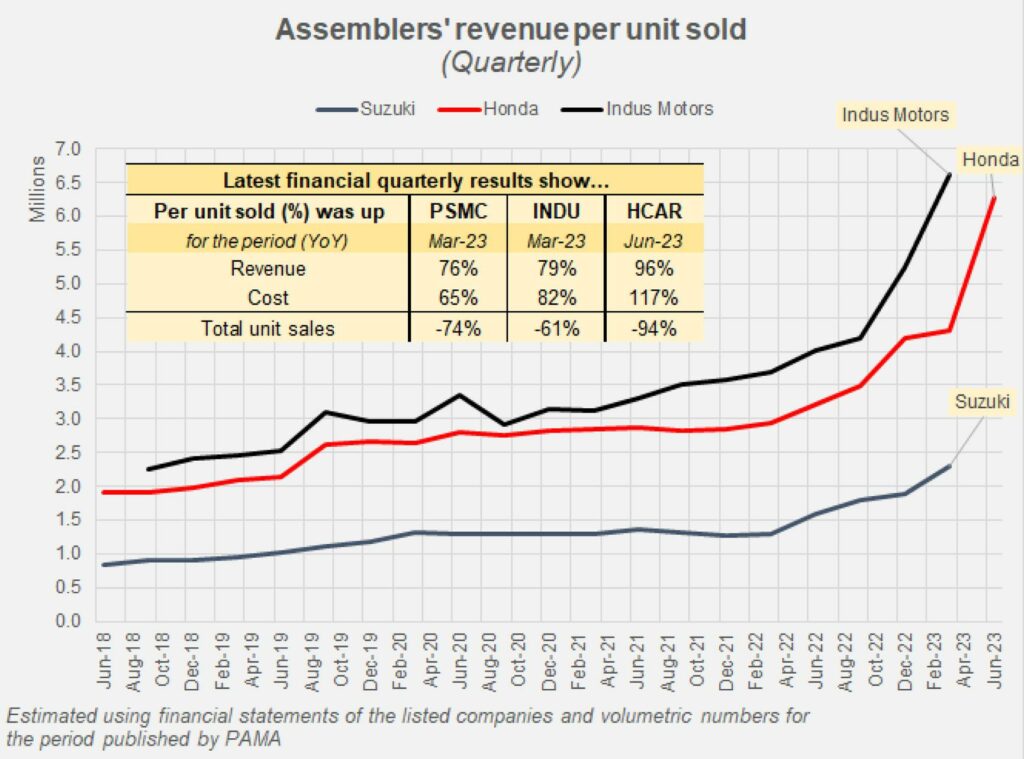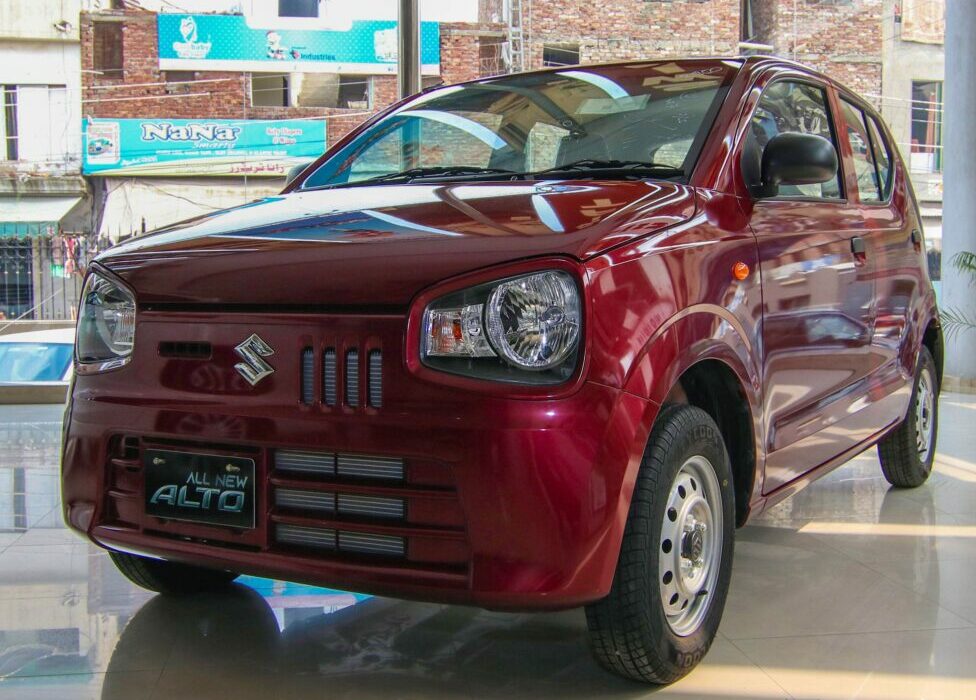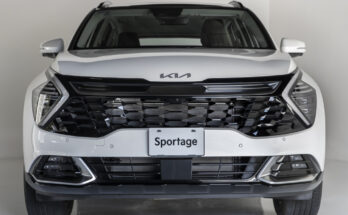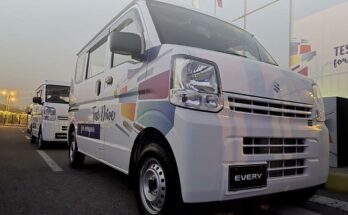Imagine for a moment an industry where sales have decreased by 55% in a single year despite the entry of new models and the addition of more assemblers into the picture. One would expect the revenues to go down the drain but that is not actually the case.
In this context, recent research by Business Recorder delivers startling findings that are worth sharing. Even though the automotive industry’s sales volumes declined by as much as 55% in FY23, the information revealed in the assemblers’ financial statements was a complete surprise. The most recent quarterly reports of three key assemblers aka The Big Three alone reveal that their revenues have increased significantly.
Related: FY23 was Nothing Less Than a Nightmare for Local Auto Industry
For Suzuki, Toyota, and Honda, the revenue per unit sold has increased by 76%, 79%, and 96%, respectively. Price hikes have been relentless under the cloak of currency devaluation, allowing for such robust financial performance. You will have a clearer perspective by looking at the graph below.

Prices for cars assembled by the three automakers increased by 54% on average compared to the previous year. Given that assemblers have been able to sell more expensive cars throughout the course of the year in comparison to cheaper models, given that, the revenue per unit sold on average is significantly greater.
Related: Are Auto Consumers of Pakistan Being Given a Fair Deal?
Despite claiming a high percentage of localization, a four-decade-old primitive vehicle like Suzuki Bolan cost close to Rs 2 million. The 660cc Suzuki Alto goes in the proximity of R 3.0 million, while 1000cc Wagon R and Cultus hatchbacks are available for up to Rs 3.8 and Rs 4.4 million domain, respectively. A 1200cc Swift costs as high as Rs 5.0 million.
For Toyota, the price of the Yaris B-sedan peaks at Rs 6.0 million while the Corolla C-sedan goes as high as Rs 7.8 million. Speaking of Honda, the City B-sedan too, costs up to Rs 6.0 million while the C-segment Civic sedan costs up to Rs 10.2 million. The BR-V 7-seat MPV will create a Rs 6.5 million hole in your pocket while HR-V will dent you by Rs 8.2 million. Yes, these are the prices of locally assembled automobiles, not residential properties.
Related: Are New Automobiles Only for the Wealthy and Resilient?
While car financing is on a non-stop decline for 11 months in a row, as the middle class is no longer able to buy cars availing the financing mode, the rich people on the other hand, still seem to have plenty of money to spend, and no matter what pricing automakers decide to set, they will spend it on buying pricier automobiles. Importantly, this says less about cars and more about the economy as a whole. More precisely, the income imbalance and the widening economic divide.

A computer animation professional with over 23 years of industry experience having served in leading organizations, TV channels & production facilities in Pakistan. An avid car enthusiast and petrolhead with an affection to deliver quality content to help shape opinions. Formerly written for PakWheels as well as major publications including Dawn. Founder of CarSpiritPK.com




